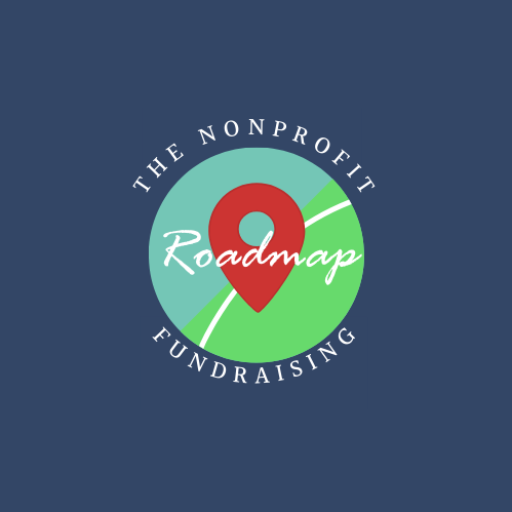Nonprofit storytelling is one of the most effective tools for connecting with donors and boosting fundraising results. By sharing authentic stories, your nonprofit can show donors exactly how their support makes an impact. And the best part? You don’t need to be a professional writer to do it.
Using the Challenge → Intervention → Outcome framework, you can craft compelling stories that inspire action and drive donations. This post will show you how to master nonprofit storytelling and use it to take your fundraising to the next level.
What Is the Nonprofit Storytelling Framework?
The Challenge → Intervention → Outcome framework is a simple yet powerful storytelling strategy. It helps nonprofits highlight their impact through real-life examples, making it easier for donors to connect emotionally and understand their role in the mission.
1. Challenge: Define the Problem
Every compelling nonprofit story starts with a challenge. What issue or obstacle did your organization address?
Example: “Maria, a single mom of two, was days away from eviction and didn’t know where to turn.”
Specific details like this make nonprofit storytelling relatable and engaging.
2. Intervention: Show the Solution
Next, describe how your nonprofit stepped in to help. This is your chance to showcase the programs or resources that addressed the problem.
Example: “Thanks to our supporters, Maria received emergency financial assistance and housing support.”
Don’t forget to highlight how donors made this intervention possible.
3. Outcome: Share the Transformation
Finally, share the result. What changed because of your intervention?
Example: “Now, Maria and her kids are thriving in a stable home. She’s started a new job and is working toward a brighter future.”
This part of nonprofit storytelling demonstrates the tangible impact donors create.
Why Nonprofit Storytelling Is Essential for Fundraising
Stories are how people connect. When you use nonprofit storytelling in your fundraising, you create an emotional bridge between your mission and your donors. Here’s why the Challenge → Intervention → Outcome framework works:
- Emotion: Stories help donors feel the importance of your cause.
- Clarity: A structured story ensures donors understand your mission and impact.
- Action: When donors see the transformation they can support, they’re more likely to give.
How to Master Nonprofit Storytelling
1. Identify a Strong Story
Find a story from your nonprofit’s work that aligns with your mission. Focus on one individual, family, or community to make the story personal.
2. Use the Framework
Follow the Challenge → Intervention → Outcome structure to craft your story. Keep it simple and clear.
3. Add Visuals and Quotes
Enhance your nonprofit storytelling with photos, videos, or testimonials from those you’ve helped. These elements make your story more relatable and memorable.
Where to Share Your Nonprofit Stories
Your nonprofit storytelling efforts should be used across multiple channels to maximize their impact:
- Emails: Share stories in donor thank-you emails and appeals.
- Social Media: Post mini-stories with compelling images.
- Website: Include success stories on your donation page.
- Direct Mail: Center your fundraising appeals around powerful stories.
Start Your Nonprofit Storytelling Today
Nonprofit storytelling doesn’t have to be complicated. Use the Challenge → Intervention → Outcome framework to share the real-life impact of your work. Start by writing one story, and use it in your next campaign or donor email.
Let’s make this the year your nonprofit stories drive meaningful change and inspire action.

